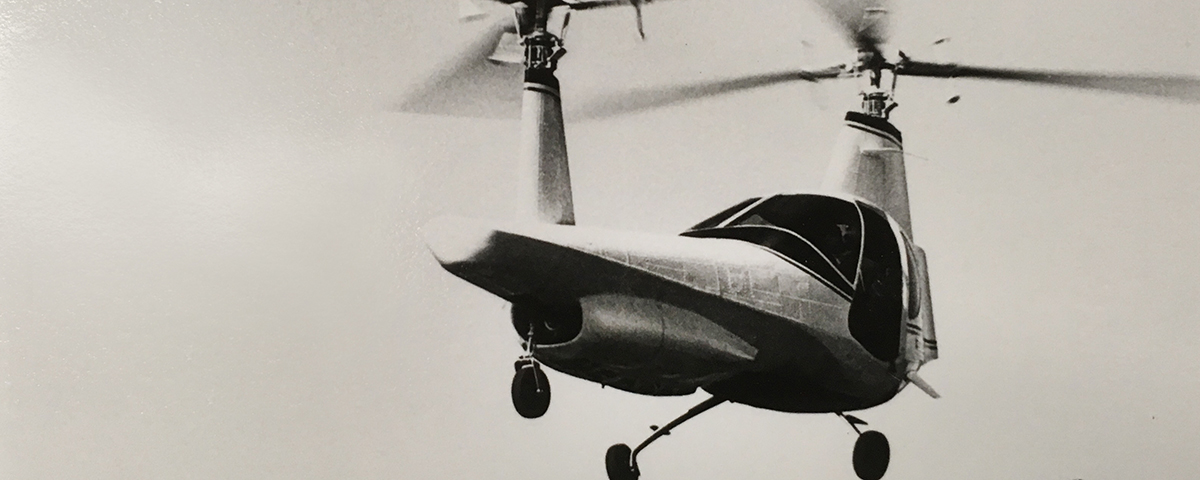The Filper Beta 200
Odd-looking is a relative term when one is judging helicopters, but the Filper Beta 200 makes a worthy contender for one of the most unusual rotary aircraft ever to fly. Produced by Filper Research in San Ramon, Calif., under the management of William Orr, it was funded by a company better known for making peach-pitting machinery. The helicopter project involved engineers J. Ford Johnson, Irving Culver and John Turner, and centered around two 20-foot gyroflex rotors, which instead of flapping or lead-lag hinges or other hub-stability devices, featured a vertical rod with balance weights on each end positioned near the hub of each rotor blade. These rotors were perched atop two pylons on an airframe that positioned its 210-hp Continental IO-360 engine up front and the pilot aft on a central beam. The prototype Beta 200, which first flew on May 26, 1966, was expected to have a maximum speed of 120 mph and a range of 400 miles. Its price once in production was projected to be $20,000.
Even while the Beta 200 was undergoing testing, Filper Research was ambitiously working on two prototypes of a two-seat commercial version, the 100A, a four-seat 600A and no less than 29 examples of the two-seat 400A. There were even plans to produce a Beta 300 with retractable landing gear and six-seat capacity.
All those plans came to naught when the Beta 200 suffered a succession of three crashes, in which one pilot from North American was killed and another injured. It is doubtful that more than three or four of the 32 commercial versions were ever completed, and in any case none of them received certification from the Federal Aviation Administration. Filper Research finally threw in the towel and ceased operations in 1969.

